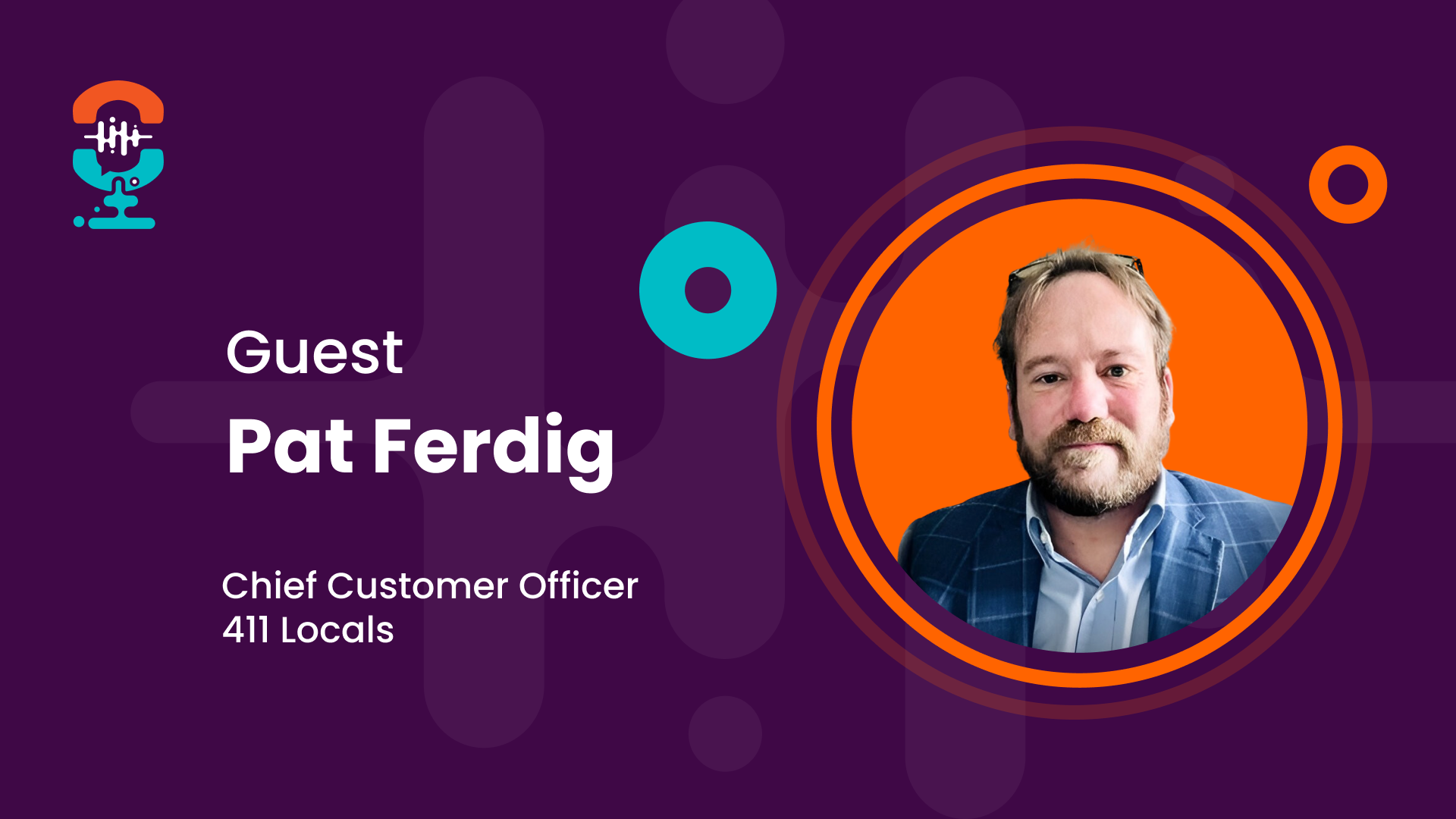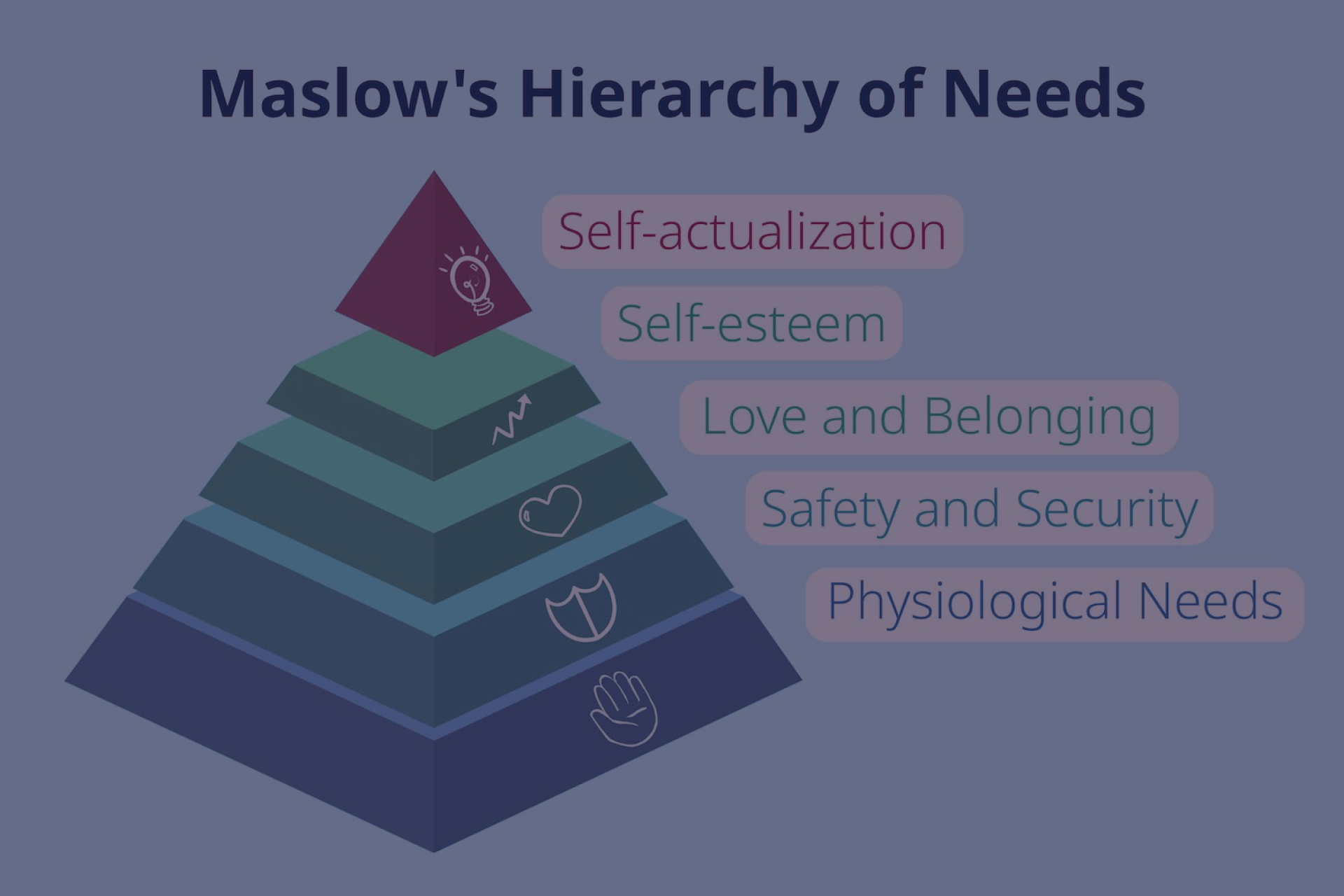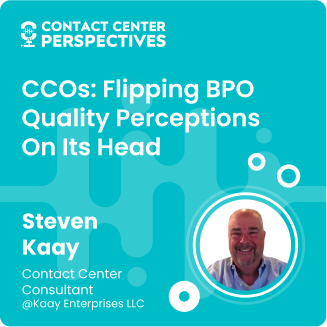CCOs: Tackling Systematic Resistance to Accepting Subpar Performance

Byline: This article is based on a podcast interview with the Chief Customer Officer Pat Ferdig at 411 Locals. He has a proven track record of successfully rebuilding and improving broken organizations, particularly contact centers.
Key Takeaways:
- Contact centers are often seen as cost centers rather than vital parts of a company’s growth engine, leading to an acceptance of subpar performance.
- A humanistic approach, focusing on the emotional side of the business, is crucial in understanding and addressing the needs of both customers and agents.
- Agents are critical in shaping the customer experience and should be prioritized in rebuilding and assessing contact center operations.
The Importance of Agents in Driving Business Growth
Contact centers are often viewed as cost centers, primarily focusing on containing expenses rather than driving revenue and growth. This perception leads to an acceptance of subpar performance and a lack of recognition of contact centers’ vital role in a company’s success. However, Pat Ferdig, an expert builder and fixer in the contact center industry, argues that agents are the face of the company and have a significant impact on customer satisfaction, renewals, and repeat purchases.
Ferdig emphasizes the need for a humanistic approach in contact center operations. This approach recognizes the emotional side of the business and the importance of understanding and addressing the needs of customers and agents. By prioritizing agents and empowering them to provide exceptional customer experiences, companies can elevate the contact center from a cost center to a value-generating asset.
Assessing and Rebuilding Contact Center Operations
Ferdig believes agents should be the priority when rebuilding a contact center. They are the ones who have daily conversations with customers and can provide valuable insights into what is working and what needs improvement. Leaders can better understand customer needs and expectations by listening to agents and involving them in decision-making.
Ferdig suggests embedding agents in other departments to facilitate cross-functional communication and collaboration. This allows agents to share their experiences directly with different teams, such as R&D or sales and ensures their voices are heard throughout the organization. By creating a culture of transparency and open communication, companies can tap into the knowledge and expertise of their agents to drive innovation and improve the overall customer experience.
Selling the Value of the Contact Center to Executive Management
While contact center leaders recognize the importance of agents, executive management may still view the contact center as a necessary cost rather than a revenue-generating asset. Ferdig acknowledges that changing this perception can be challenging and advises contact center leaders to constantly sell the value of their operations to the C-suite.
To do this, contact center leaders must demonstrate the impact of the contact center on revenue growth and customer loyalty. Leaders can show the direct connection between the contact center and the company’s bottom line by correlating agent performance with renewals, repeat purchases, and customer feedback. Additionally, involving agents in conversations with other departments and sharing customer stories can further highlight the value of the contact center and its role in driving business growth.
Conclusion
In conclusion, contact centers should be seen as vital parts of a company’s growth engine rather than cost centers to be controlled and maintained. By adopting a humanistic approach and prioritizing agents, companies can improve the customer experience, drive revenue growth, and differentiate themselves from competitors. Contact center leaders must constantly sell the value of their operations to executive management, highlighting the impact on renewals, repeat purchases, and overall customer satisfaction. By doing so, they can elevate the contact center from a necessary cost to a strategic asset that contributes to the entire organization’s success.
Looking for specific information?
Our specialist will help you find what you need in customer service outsourcing
Book a callDiscover Contact Center Perspectives Podcast
Discover the themes that resonate most with your challenges
 English
English





